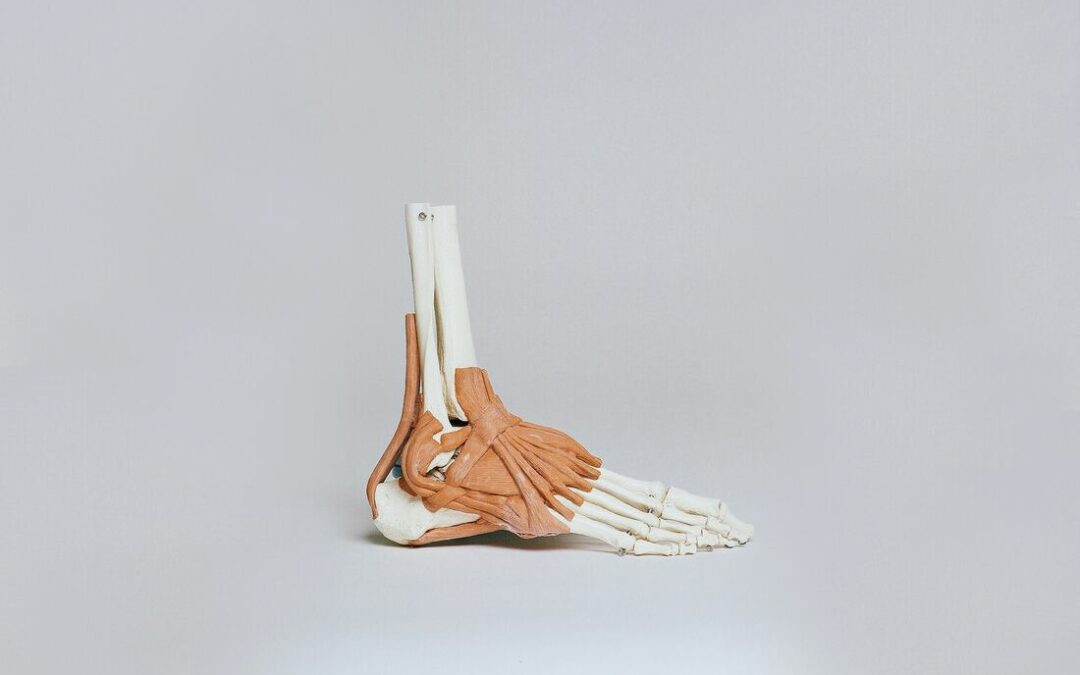AFOs play a significant role in managing numerous health conditions. They are often employed in the treatment and management of conditions such as stroke, cerebral palsy, muscular dystrophy, and foot drop, among others. By providing stability, they can greatly enhance mobility, fostering independence, and improving the quality of life for many people. They are also used to correct foot and ankle conditions related to biomechanical inadequacies such as malalignment or weakness.
In addition to supporting individuals with health conditions, AFOs are essential tools for injury recovery, assisting in the healing process and preventing further damage. They can also be used to enhance comfort during daily activities and improve performance in sports and other physical pursuits. Their significance is widely recognized by medical professionals and users alike.
Types of Ankle Foot Orthoses
While all AFOs have the common goal of providing support, stability, and mobility, they come in different types, each designed to serve specific functions. Understanding these variations can help guide decision-making when choosing an appropriate AFO.
Articulated AFOs
Articulated AFOs are designed with a hinge at the ankle, allowing for a range of movement in this area. This flexibility is often essential for individuals who require control over their foot and ankle without having their motion limited. These orthoses are usually employed when there is a need to enhance balance and stability during activities like walking or standing. They can provide users with the freedom to perform tasks more naturally while still benefiting from the support they offer.
The primary benefits of Articulated AFOs include increased mobility, better balance, and enhanced comfort during daily activities. However, these devices may not be ideal for individuals with severe muscle weakness or instability, as the added flexibility could potentially contribute to instability.
Solid AFOs
Solid AFOs are known for their rigid structure, offering a high degree of support to the foot and ankle. Their design ensures maximum stability, completely restricting ankle movement. This characteristic makes them ideal for cases where there is a need for complete immobilization of the ankle-foot complex due to severe instability or weakness.
Solid AFOs are particularly beneficial in providing superior control and stability, and they can help prevent unwanted movements that could lead to injury. However, their rigidity can limit mobility and flexibility, which may affect the natural walking pattern in some users.
Ground Reaction AFOs
Ground Reaction AFOs are designed with a focus on controlling knee and ankle movement. They’re generally employed when knee hyperextension or instability is present, or when an improvement in gait alignment is required. These orthoses work by harnessing ground reaction forces to promote a more desired lower limb alignment during walking.
The key benefits of Ground Reaction AFOs include enhanced stability, improved gait, and overall alignment correction. However, these orthoses can be bulkier than others, and they require a more precise fit to function effectively.
Posterior Leaf Spring AFOs
Posterior Leaf Spring AFOs are semi-rigid devices designed primarily to assist with foot drop, a condition where individuals struggle to lift the front part of the foot. When mild foot drop is present, or the goal is to assist with toe clearance during walking, these AFOs can be particularly beneficial.
Benefits of Posterior Leaf Spring AFOs include facilitating a more natural gait and improving toe clearance, which can prevent stumbling and falls. However, they provide less overall stability compared to solid AFOs, making them less suitable for those requiring higher support levels.
Factors Influencing the Choice of An AFO
The choice of an AFO is influenced by several factors, making it essential to consider these before making a decision. These factors include the specific health condition being addressed, the age and lifestyle of the patient, and the balance between the need for mobility and stability.
The user’s medical condition determines the level of support needed, and thus, the type of AFO required. For instance, an individual with foot drop might need a Posterior Leaf Spring AFO, while someone with severe ankle instability may benefit more from a Solid AFO.
The patient’s age can also influence the choice of an AFO. Children may require different types of AFOs compared to adults due to their growing bodies and changing needs. Similarly, a person’s lifestyle – how active they are, the kind of work they do, the sports they participate in – can also determine the best AFO for their needs.
Choosing the right AFO is a decision best made in consultation with healthcare professionals, who can consider all these factors and suggest the most appropriate device. Experts at Align Clinic are well equipped to help guide you through this process.
Conclusion
AFOs can make a significant difference in the lives of individuals dealing with various health conditions, enhancing mobility, promoting independence, and ultimately, improving quality of life. Understanding the different types of AFOs is a critical step in making an informed decision that best suits one’s needs or those of a loved one. Remember, though, this decision should not be made alone; always consult with a healthcare provider or orthotic specialist to ensure the right choice.
If you’re interested in learning more about AFOs or are ready to choose a device that will best serve your needs, contact Align Clinic today for a professional consultation.




